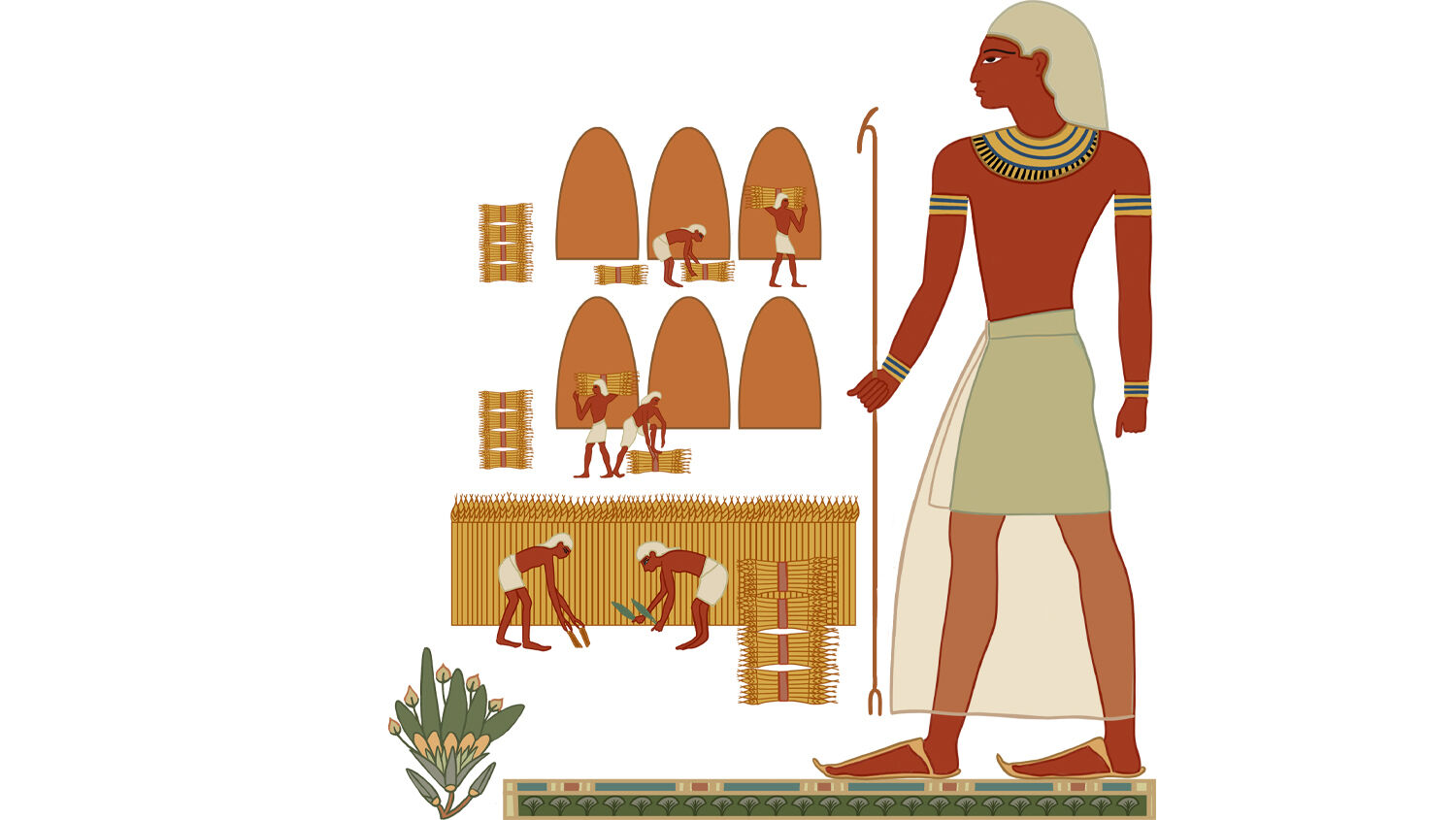For centuries, there has been widespread speculation as to the identity of the pharaoh, Potiphar and other figures of the Joseph account. Yet what is perhaps most striking about the account is its deep familiarity with Egypt and Egyptian practice.
Historian, linguist and polymath Prof. Abraham S. Yahuda wrote in his classic 1934 text, The Accuracy of the Bible, that the account of Joseph in Egypt “provide[s] the most valuable evidence in support of the astonishing acquaintance of the biblical authors with the most intimate conditions of Egyptian life. [A] great deal of Egyptian life is illustrated with a wealth of detail which could only have been derived from thorough knowledge and exact observation at close quarters” down to the most “incidental” of points.
The following are some brief examples, from the mundane to the majestic, as highlighted in his text.
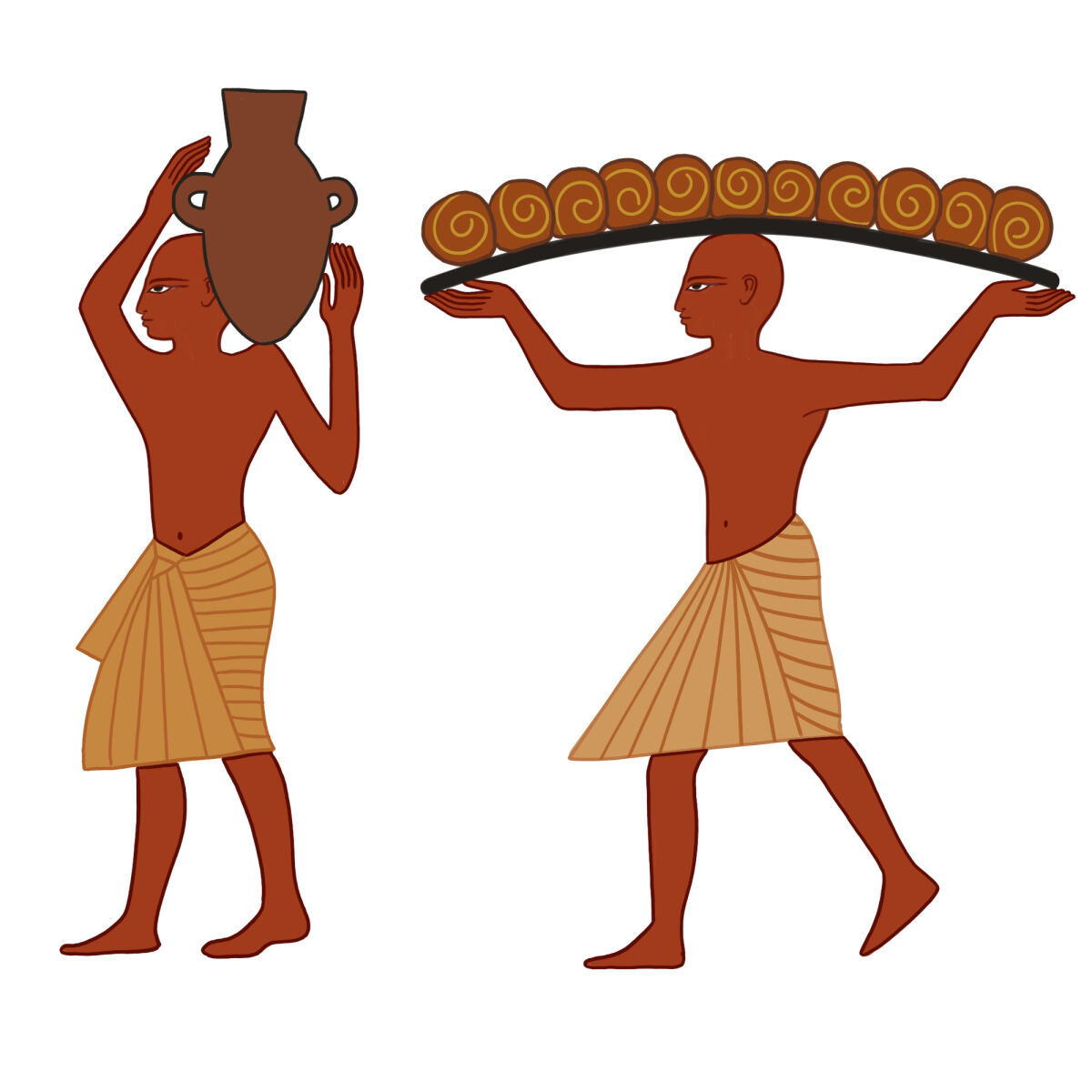
Royal Butlers and Bakers
Various second-millennium b.c.e. reliefs portray royal bakers and butlers in service to the Egyptian monarch. They also portray the carriage of bread in racks upon the head (such as a depiction of the Royal Bakery from the tomb of Ramesses iii)—directly paralleling Genesis 40:16.
Shaving
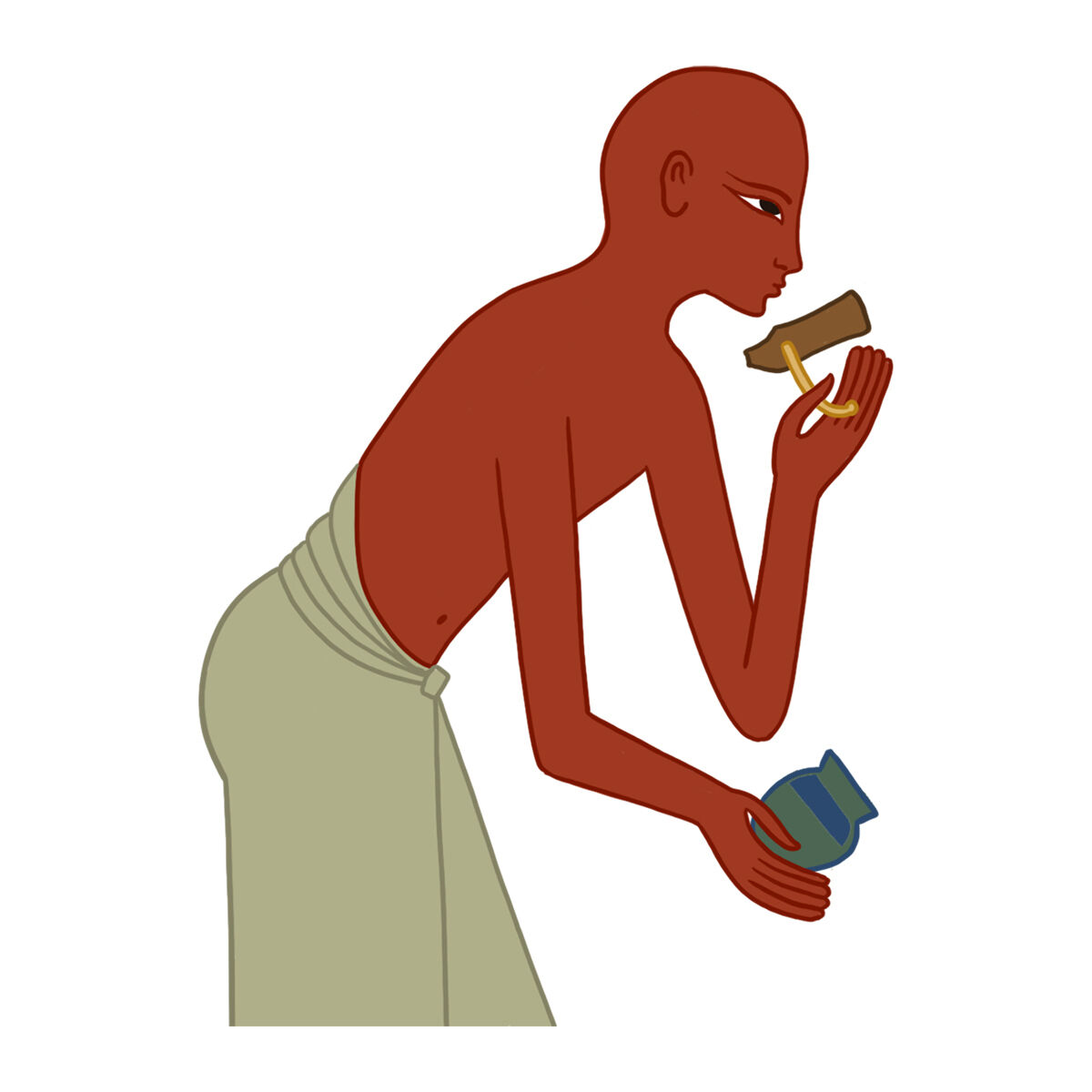
This rather mundane act of Joseph (Genesis 41:14), prior to meeting the pharaoh, might be read over by those in a modern Western context. Yet Egyptian shaving practices set apart the nation from those of the Levant.
“[I]n the eyes of all Semitic people the beard was a mark of dignity … only prisoners and slaves were shaved as a sign of humiliation and dishonor,” Yahuda wrote. “The Egyptian had an exactly opposite view and the first thing every Egyptian of better standing was anxious to do, as soon as he came of age, was to deliver his head and face to the razor of the barber.”
Seven Cows
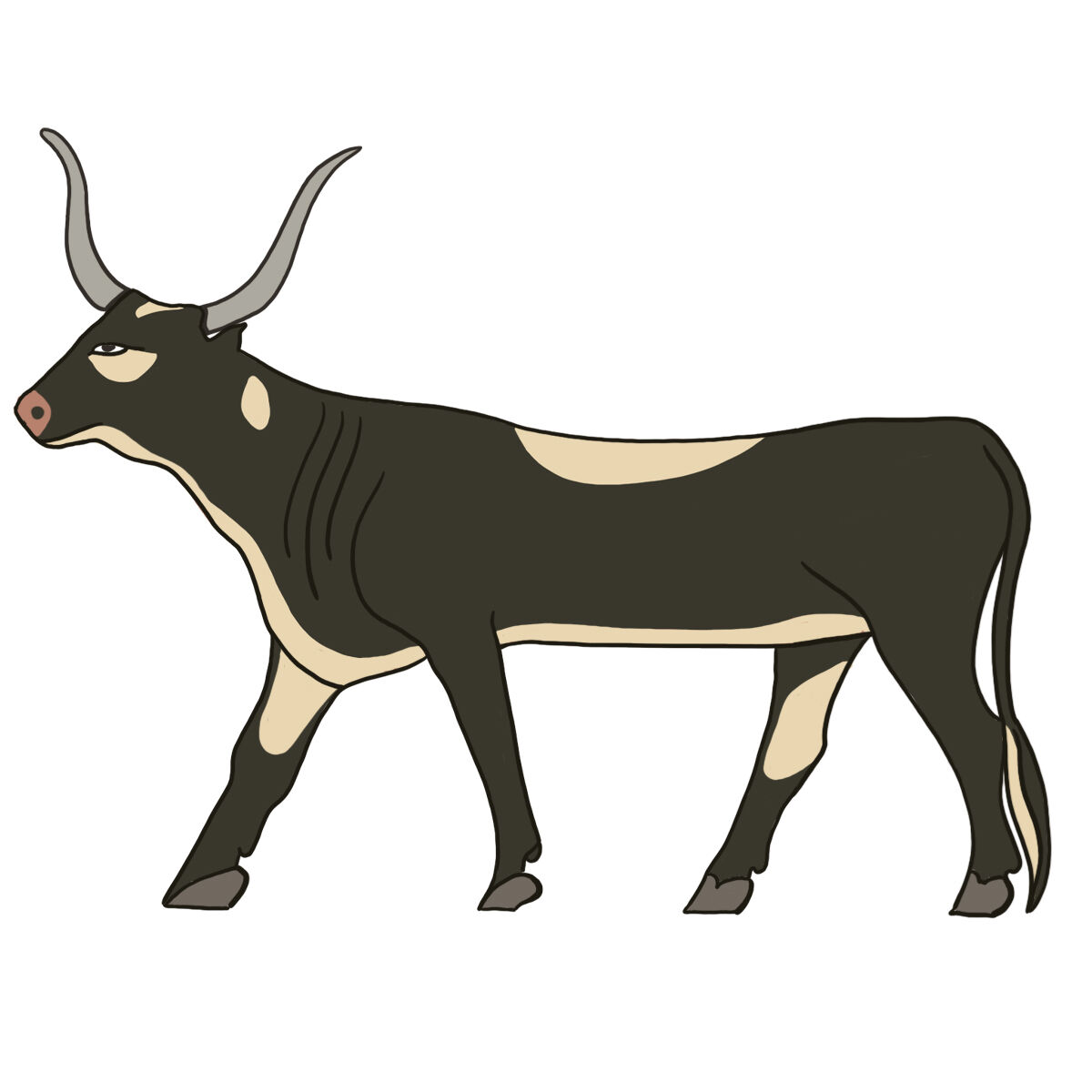
The pharaoh’s dream, featuring seven fat cows followed by seven lean cows (Genesis 41), would have been of special symbolic significance to him. “[I]t was … pointed out by Edouard Naville and others that such a story was only conceivable in Egypt, where the goddess Hathor was worshiped in the form of a cow,” Yahuda noted. “And as there were seven districts each having its Hathor cow, hence the seven kine.”
He also drew attention to the “seven cows” motif in the Egyptian Book of the Dead and the seven cows portrayed in the mortuary temple of Hatshepsut.
Neck Chain and Linen
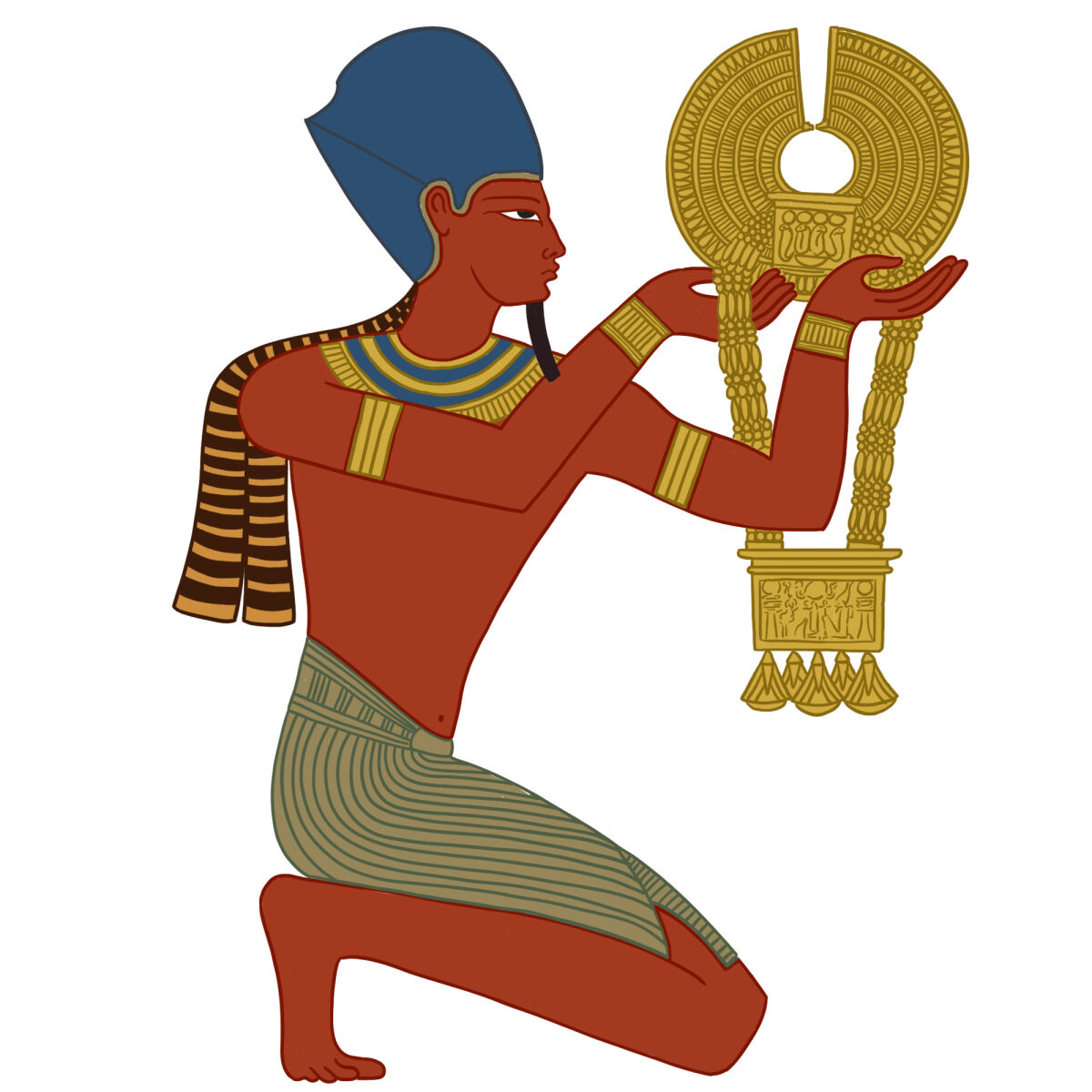
The pharaoh’s bestowal upon Joseph of “his signet ring … vestures of fine linen, and … a gold chain about his neck” (Genesis 41:42) is well illustrated in second-millennium Egyptian art. The tomb of Seti I depicts a ceremony in which the servants of the pharaoh are conferring the golden neck chain on a promoted vizier dressed in linen—a classic “conferment of the ‘gold of praise,’” as the ceremony was called, with this decoration given to commanders and viziers from the Middle Kingdom Period onward. The 14th-century B.C.E. high priest Meri-Ra was given the gold neck chain because “he filled the storehouse with spelt and barley,” as accounted on reliefs at Tell el-Amarna (ibid).
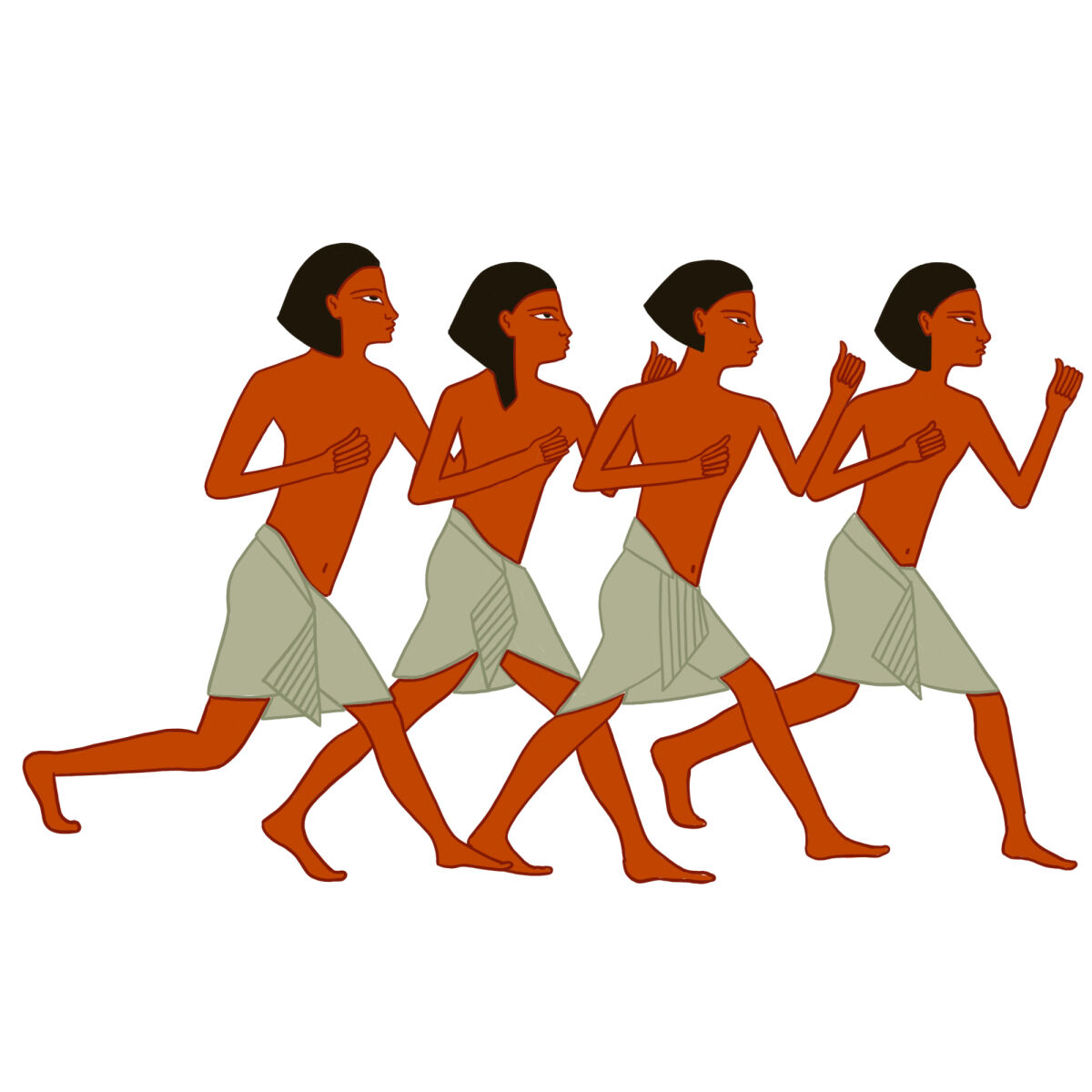
Runners
The mention of runners before Joseph’s chariot, splitting crowds and heralding his entry (Genesis 41:43), is well documented in Egyptian art. Reliefs at Tell el-Amarna depict royal representatives running before the chariot of the pharaoh and his queen.
Titles and Duties
Joseph is referred to with three particular titles and duties (Genesis 45:8): 1) “father to Pharaoh”; 2) “lord of all his house”; and 3) “ruler over all the land of Egypt.” “The threefold nature of the position of a vizier at the court of pharaoh is thus exactly described,” wrote Yahuda.
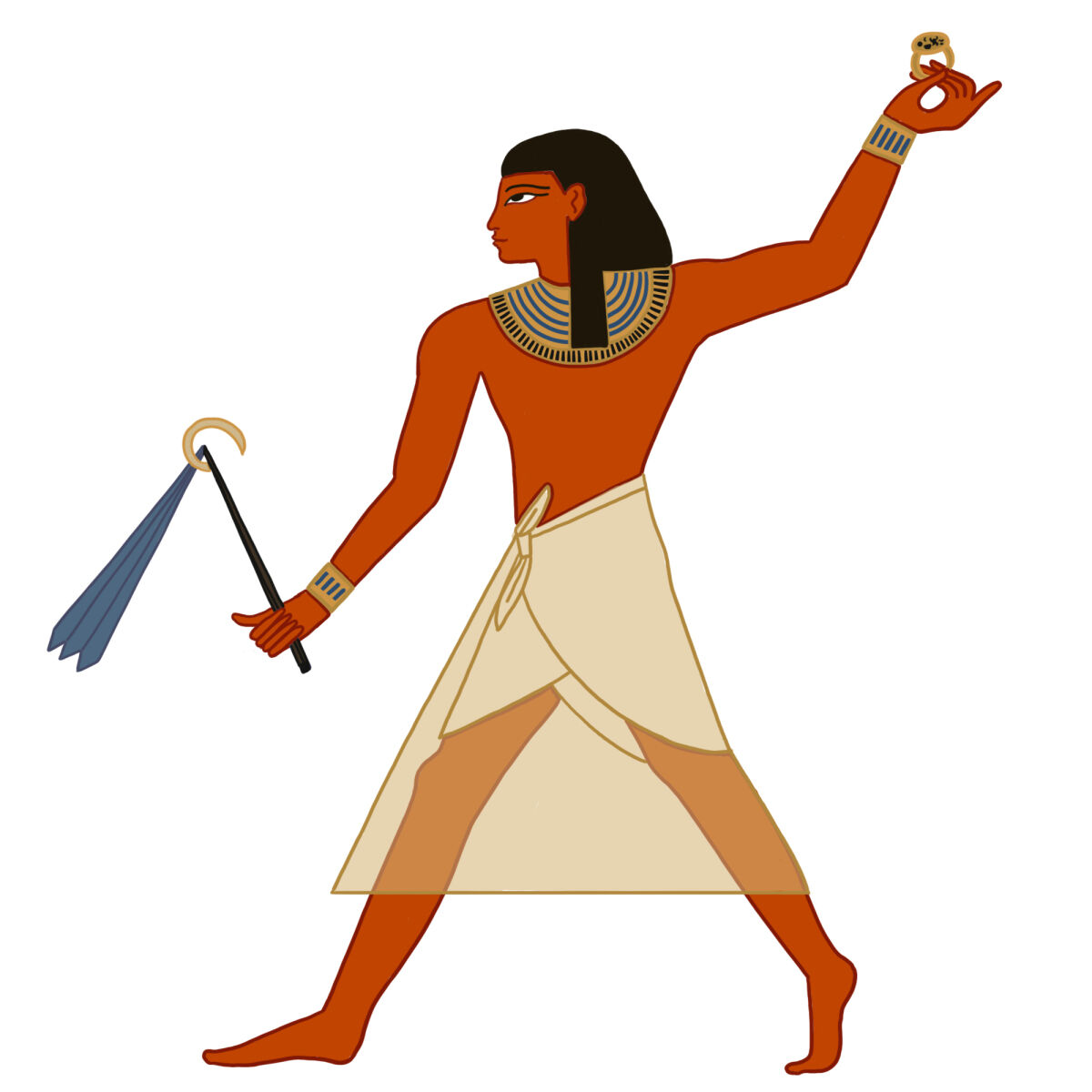
“[N]amely 1) as priestly dignitary [with various priests in Egyptian history referred to as ‘father of god,’ or the pharaoh—note also the pharaoh’s marriage of Joseph into the priestly class in Genesis 41:45]; 2) as court chamberlain, placed over the entire court, and 3) as supreme administrator of the entire land …. After the king, the vizier is the highest dignitary in the state,” acting on behalf of the pharaoh. To this end, Joseph was also granted the pharaonic signet ring (verse 42).
Language
Somewhat lost in translation, the original language of the Joseph account directly reflects Egyptian phraseology. Yahuda noted the phrase “years of famine” (e.g. Genesis 41:54), which “is a genuine Egyptian expression and the Hebrew presents nothing but a literal translation of the Egyptian phrase reneput-hekeret ‘years of hunger.’”
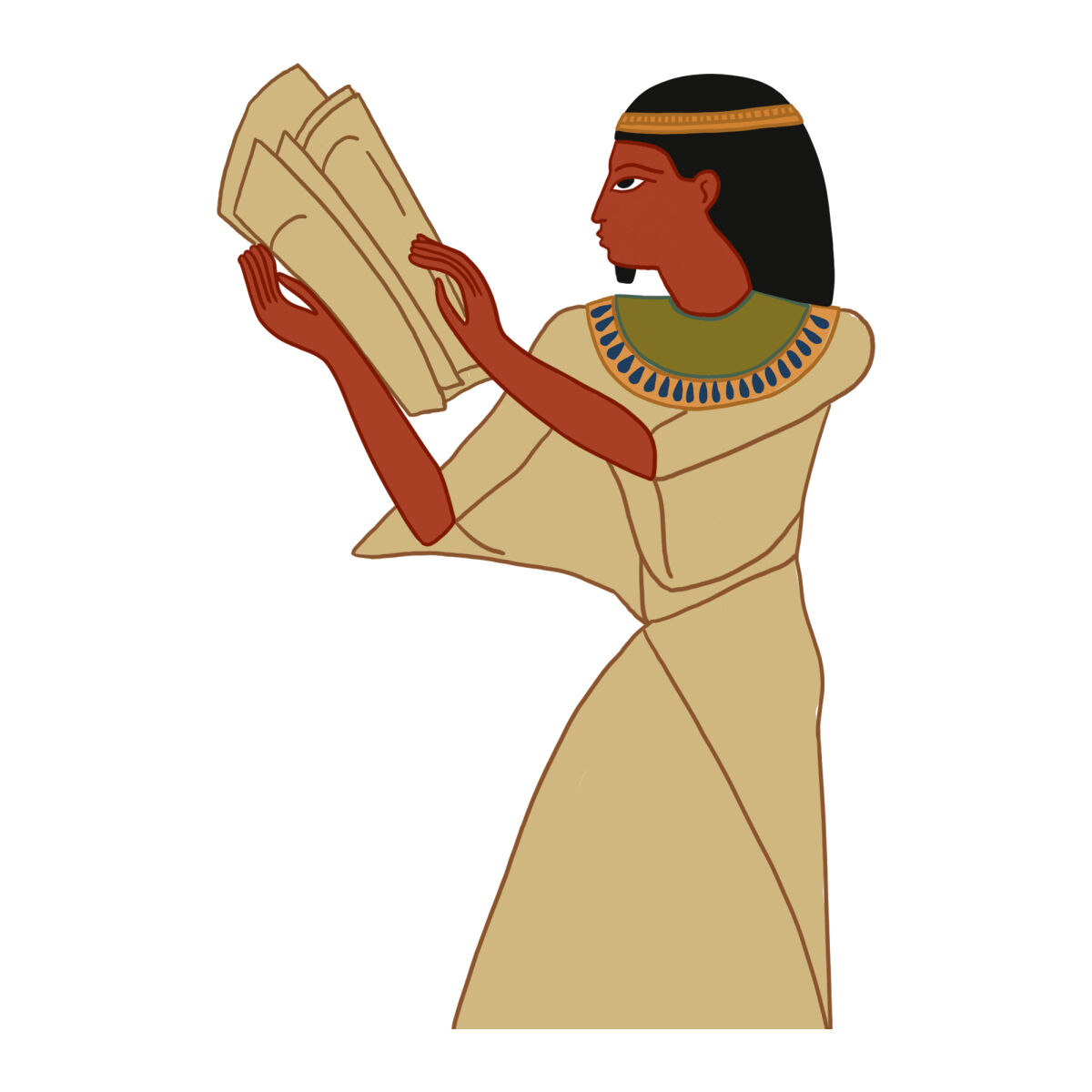
Another example is found in Genesis 41:15—the Hebrew is not to “understand” a dream, but literally to hear a dream. “This corresponds entirely to the Egyptian use of sedem ‘to hear’ [which is equal to] ‘to understand.’” Another example highlighted by Yahuda is the “characteristic formula … recurring in several passages, ‘to the face of Pharaoh’ or ‘from the face of Pharaoh’ [verse 46; 47:2, 7] …. This corresponds completely to hierarchic court custom whereby one might not speak to his majesty (er-heme-f) but only ‘to the face of his majesty’ (em her heme-f, or hefet her heme-f).”
Five Garments
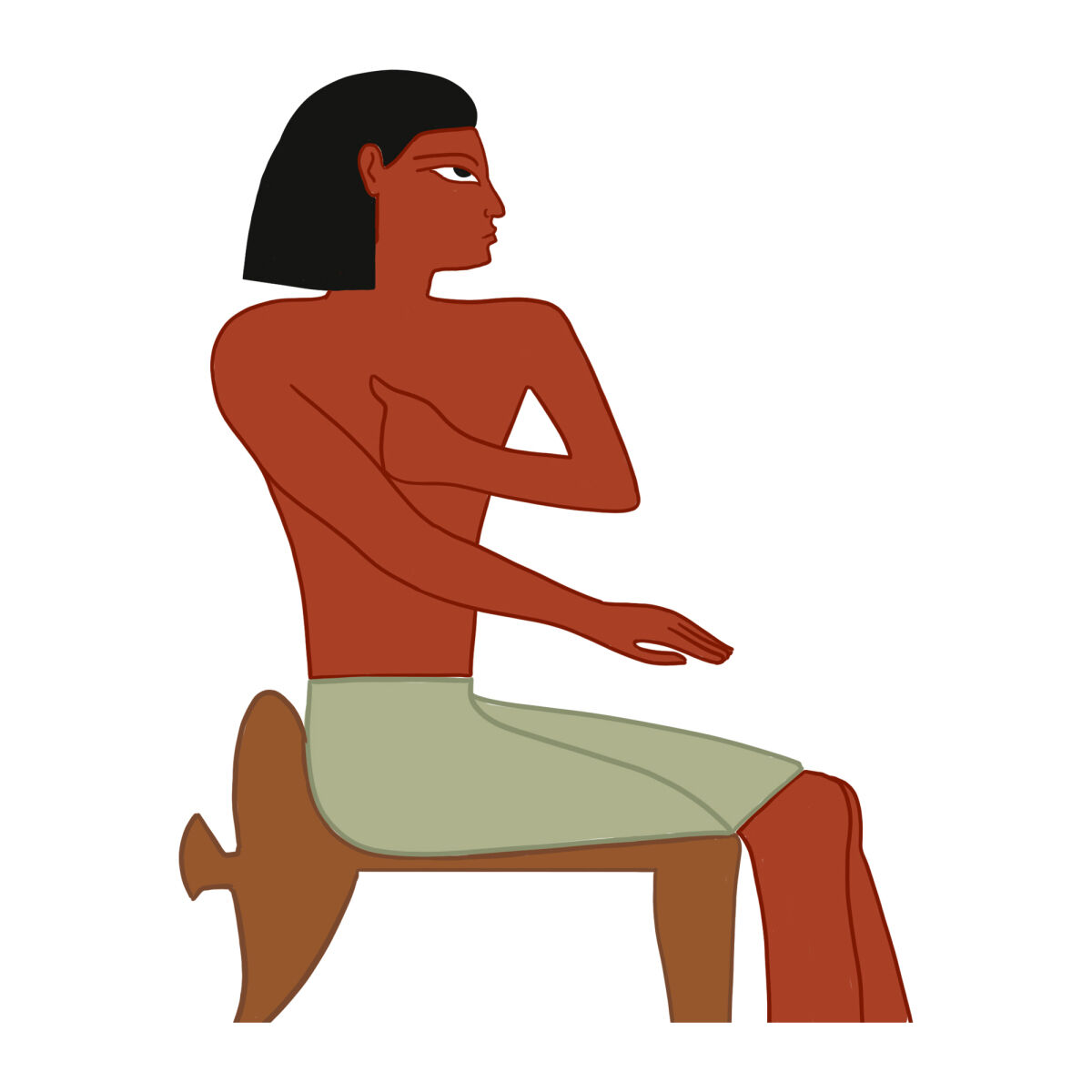
Genesis 45:22 notes that Joseph specially honored his full-brother Benjamin by issuing him “five changes of raiment.” Even this, Yahuda noted, “has a typically Egyptian touch, as this number was regarded by Egyptians as a special distinction. Thus we read in the story of Wen-Amon’s mission to the king of Byblos that among the presents sent to him by the Egyptian ruler Smendes, there were five suits of garments of excellent upper-Egyptian linen.”
The list could go on; these are merely examples highlighted by Professor Yahuda. The late Egyptologist Prof. Kenneth Kitchen similarly noted the thoroughly Egyptian nature of the Joseph account in his book On the Reliability of the Bible: from titles of individuals to the “cup for divination that Joseph pretended so to use (Genesis 44:5)”—with ancient parallels to the practice of “divining from patterns of oil on water in a cup.” Whether or not one accepts the historicity of the Joseph account in its entirety, Kitchen wrote that the text at very least reflects the author’s thorough familiarity with the customs and practices of the time: “There is sufficient Egyptian content in Genesis 37-50 (and for the early second millennium in origin) to indicate more than just a weekend trip to Egypt by some stray Hebrews at just any old period.”
